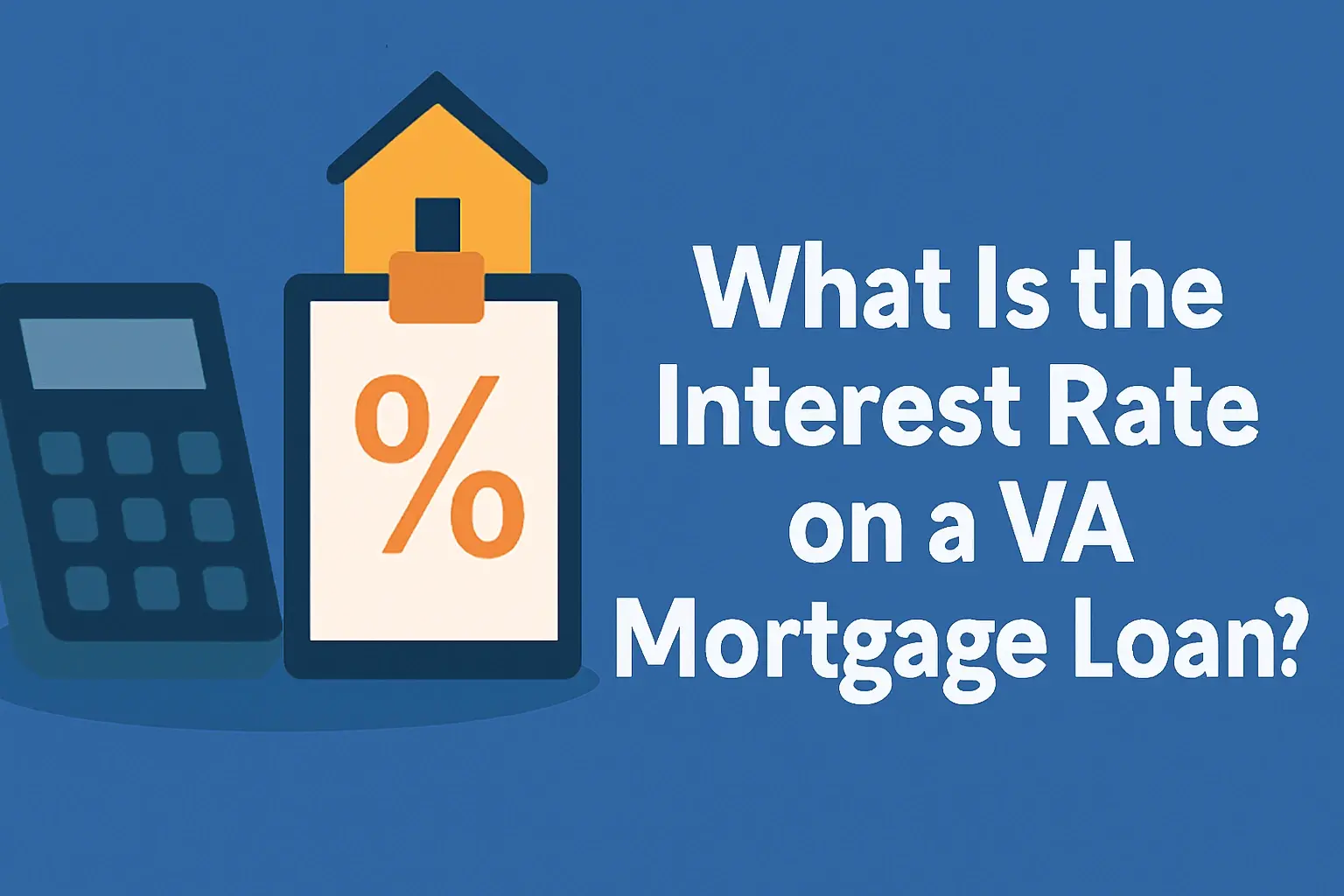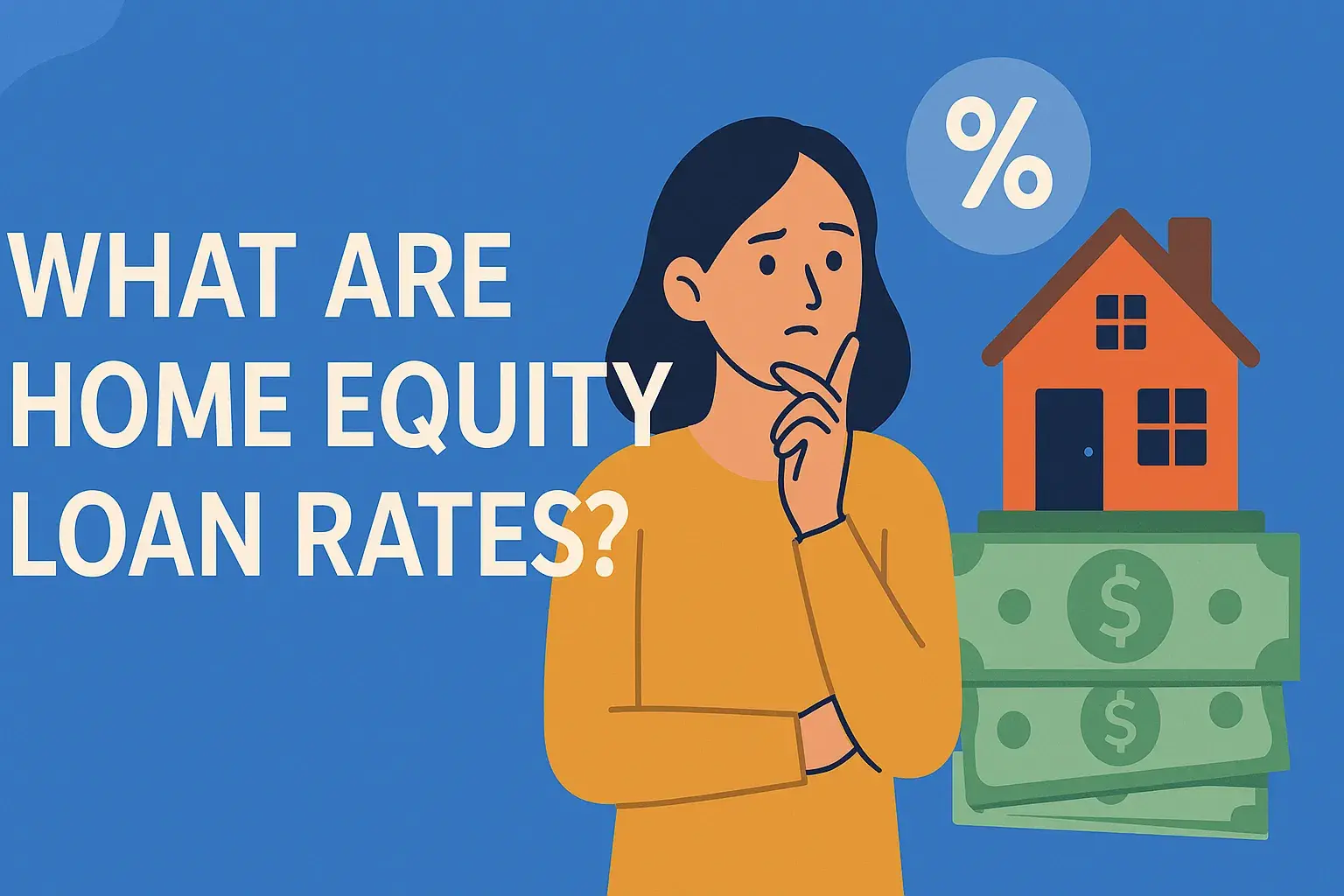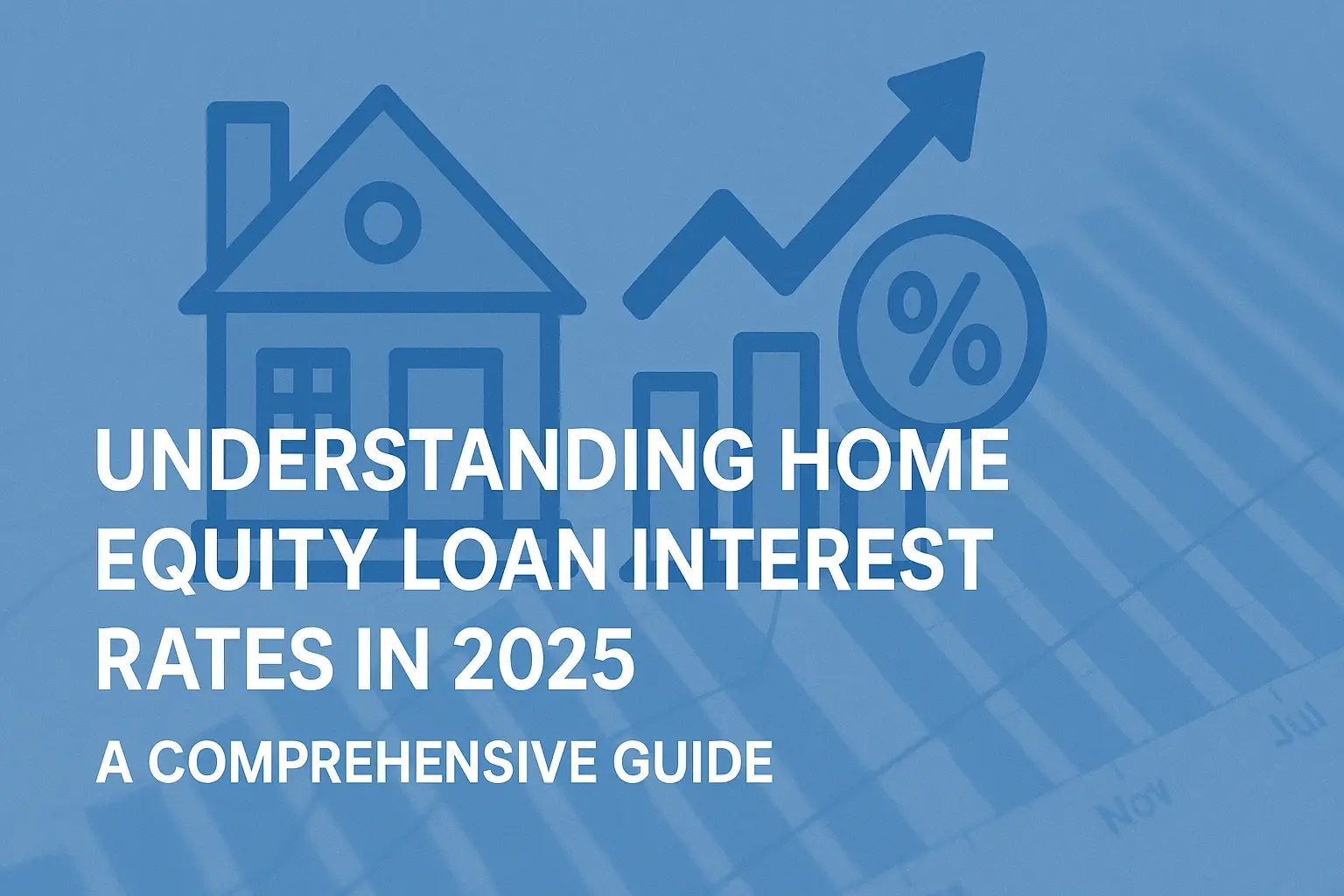-
Posted on: 23 Aug 2024

-
Buying a home is a significant financial milestone. One of the first and most crucial steps in the home buying process is understanding how much you can realistically borrow. Determining your mortgage qualification amount involves several factors that lenders carefully consider. This guide will walk you through those factors, providing you with a clear picture of your borrowing power and helping you prepare for the home buying journey.
Key Factors Influencing Your Home Loan Qualification
Lenders evaluate your ability to repay a loan by assessing several key aspects of your financial profile. Understanding these factors will empower you to make informed decisions and potentially improve your chances of getting approved for a larger loan amount.
1. Income and Employment History
Your income is a primary factor. Lenders want to see a stable and consistent income stream to ensure you can comfortably make monthly mortgage payments. They typically require documentation such as:
- Pay stubs: Covering the most recent pay periods (usually 30 days).
- W-2 forms: From the past two years, to verify your income history.
- Tax returns: Possibly required for self-employed individuals or those with complex income situations.
- Employment verification letter: From your employer, confirming your employment status and income.
Self-employed individuals often face stricter scrutiny and need to provide more extensive documentation, including profit and loss statements, business tax returns, and bank statements. Lenders look for consistent profitability over time.
Employment history is equally important. Lenders prefer candidates who have been consistently employed in the same industry or field for at least two years. Frequent job changes may raise concerns about income stability.
2. Credit Score and Credit History
Your credit score is a numerical representation of your creditworthiness, based on your past borrowing and repayment behavior. It's a critical factor in determining not only your loan approval but also the interest rate you'll receive.
A higher credit score generally translates to lower interest rates, saving you thousands of dollars over the life of the loan. Common credit scoring models, like FICO and VantageScore, range from 300 to 850.
Generally, a credit score of 740 or higher is considered excellent, increasing your chances of securing the best interest rates. Scores between 670 and 739 are considered good, while scores between 580 and 669 are fair. Scores below 580 may make it difficult to qualify for a mortgage.
Lenders also examine your credit report to assess your overall credit history. They look for:
- Payment history: A record of on-time payments for credit cards, loans, and other debts.
- Credit utilization: The amount of credit you're using relative to your total available credit. Keeping your credit utilization below 30% is generally recommended.
- Length of credit history: A longer credit history demonstrates responsible credit management over time.
- Types of credit: Having a mix of different types of credit (e.g., credit cards, installment loans) can be beneficial.
- Public records: Bankruptcies, foreclosures, and other negative public records can significantly impact your creditworthiness.
It's crucial to review your credit report regularly for errors and discrepancies. You can obtain free copies of your credit report from each of the three major credit bureaus (Equifax, Experian, and TransUnion) annually at AnnualCreditReport.com.
3. Debt-to-Income Ratio (DTI)
The debt-to-income ratio (DTI) is a key metric lenders use to assess your ability to manage monthly debt payments. It's calculated by dividing your total monthly debt payments (including the proposed mortgage payment) by your gross monthly income.
There are typically two types of DTI ratios:
- Front-end DTI: This ratio only considers your housing-related expenses, such as the mortgage payment (including principal, interest, property taxes, and insurance – often referred to as PITI), divided by your gross monthly income.
- Back-end DTI: This ratio includes all of your monthly debt obligations, including the mortgage payment, credit card payments, student loan payments, auto loan payments, and any other recurring debts, divided by your gross monthly income.
Lenders generally prefer a back-end DTI of 43% or less. However, some lenders may accept higher DTI ratios, especially for borrowers with strong credit scores and compensating factors. A lower DTI indicates that you have more disposable income available to cover your mortgage payments.
Example:
Let's say your gross monthly income is $6,000. Your monthly mortgage payment (including PITI) is estimated at $1,500. Your other monthly debt payments (credit cards, student loans, etc.) total $500.
- Front-end DTI: ($1,500 / $6,000) = 25%
- Back-end DTI: (($1,500 + $500) / $6,000) = 33.3%
4. Down Payment
The down payment is the amount of money you pay upfront towards the purchase of a home. A larger down payment generally reduces the amount you need to borrow, lowering your monthly payments and increasing your equity in the property.
While some loan programs allow for down payments as low as 3% or even 0% (e.g., VA loans, USDA loans), a larger down payment (typically 20% or more) can offer several advantages:
- Lower interest rates: Lenders often offer lower interest rates to borrowers with larger down payments, as they are considered less risky.
- Elimination of Private Mortgage Insurance (PMI): If your down payment is less than 20%, lenders typically require you to pay PMI, which is an additional monthly expense that protects the lender in case you default on the loan.
- Increased equity: A larger down payment gives you more equity in your home from the start.
The source of your down payment funds is also important. Lenders will require documentation to verify the source of funds, such as bank statements, investment account statements, or gift letters (if the down payment is being gifted to you).
5. Property Type and Location
The type and location of the property you're purchasing can also influence your loan qualification. Lenders may have different guidelines and requirements for different types of properties, such as:
- Single-family homes: Generally the easiest type of property to finance.
- Condominiums: Lenders often require that the condominium project meets certain eligibility requirements.
- Townhouses: Similar to single-family homes, but may be subject to homeowners association (HOA) rules and fees.
- Multi-unit properties: Financing for multi-unit properties (e.g., duplexes, triplexes) may require higher down payments and stricter underwriting guidelines.
- Manufactured homes: Financing for manufactured homes may be more challenging than for traditional site-built homes.
The location of the property can also impact your loan eligibility. Lenders may have specific requirements for properties located in certain areas, such as flood zones or areas with high levels of environmental contamination.
6. Loan Type
The type of mortgage you choose can significantly affect how much you qualify for. Common mortgage types include:
- Conventional Loans: Typically require a higher credit score and down payment than government-backed loans.
- FHA Loans: Backed by the Federal Housing Administration, offer more lenient credit requirements and lower down payment options, making them attractive to first-time homebuyers. However, they typically require mortgage insurance.
- VA Loans: Guaranteed by the Department of Veterans Affairs, available to eligible veterans, active-duty service members, and surviving spouses. They often have no down payment requirement and no private mortgage insurance.
- USDA Loans: Guaranteed by the U.S. Department of Agriculture, available to eligible homebuyers in rural and suburban areas. They often have no down payment requirement.
Each loan type has its own set of eligibility requirements and guidelines. It's important to research and compare different loan options to determine which one best suits your individual circumstances.
How to Calculate Your Potential Home Loan Amount
While lenders use sophisticated underwriting models to determine your loan eligibility, you can get a rough estimate of how much you might be able to borrow using online mortgage calculators and by manually calculating your potential borrowing power.
- Determine your gross monthly income: This is your income before taxes and other deductions.
- Calculate your monthly debt payments: Include all recurring debt obligations, such as credit card payments, student loan payments, auto loan payments, and any other recurring debts.
- Estimate your maximum DTI ratio: As mentioned earlier, lenders typically prefer a DTI of 43% or less.
- Calculate your maximum monthly mortgage payment: Subtract your total monthly debt payments from your maximum allowable monthly debt (calculated by multiplying your gross monthly income by your maximum DTI ratio).
- Use a mortgage calculator to estimate your loan amount: Input your estimated monthly mortgage payment, interest rate, and loan term to determine the corresponding loan amount. Online mortgage calculators can be found on most lender websites and financial websites.
Example:
Let's say your gross monthly income is $7,000, your total monthly debt payments are $800, and your maximum allowable DTI ratio is 43%.
- Maximum allowable monthly debt: $7,000 x 0.43 = $3,010
- Maximum monthly mortgage payment: $3,010 - $800 = $2,210
Using a mortgage calculator with a monthly payment of $2,210, an interest rate of 6%, and a loan term of 30 years, you could potentially qualify for a loan amount of approximately $370,000.
Important Note: This is just a rough estimate. The actual loan amount you qualify for may vary depending on the lender, your individual circumstances, and prevailing market conditions.
Tips for Improving Your Home Loan Qualification
If you're looking to increase your chances of getting approved for a larger loan amount, consider taking the following steps:
- Improve your credit score: Pay your bills on time, reduce your credit card balances, and avoid opening new credit accounts unnecessarily.
- Reduce your debt: Pay down existing debt to lower your DTI ratio.
- Save for a larger down payment: A larger down payment can reduce the amount you need to borrow and potentially lower your interest rate.
- Increase your income: Look for opportunities to increase your income, such as taking on a second job or pursuing a promotion.
- Shop around for the best loan rates and terms: Different lenders may offer different rates and terms, so it's important to compare offers from multiple lenders.
- Get pre-approved for a mortgage: Pre-approval can give you a better idea of how much you can borrow and strengthen your negotiating position when making an offer on a home.
The Pre-Approval Process
Getting pre-approved for a mortgage is a crucial step in the home buying process. Pre-approval involves submitting your financial information to a lender, who will then review your application and provide you with a conditional commitment to lend you a specific amount of money. This process is more thorough than pre-qualification and gives you a clearer understanding of your borrowing potential. It also shows sellers that you're a serious and qualified buyer.
During the pre-approval process, you'll typically need to provide the following documentation:
- Proof of income (pay stubs, W-2 forms, tax returns)
- Bank statements
- Credit report
- Employment verification letter
- Asset statements (investment accounts, retirement accounts)
- Identification (driver's license, passport)
The lender will then verify your information and issue a pre-approval letter, which specifies the loan amount you're approved for, the interest rate (subject to change), and any conditions that must be met before the loan can be finalized.








